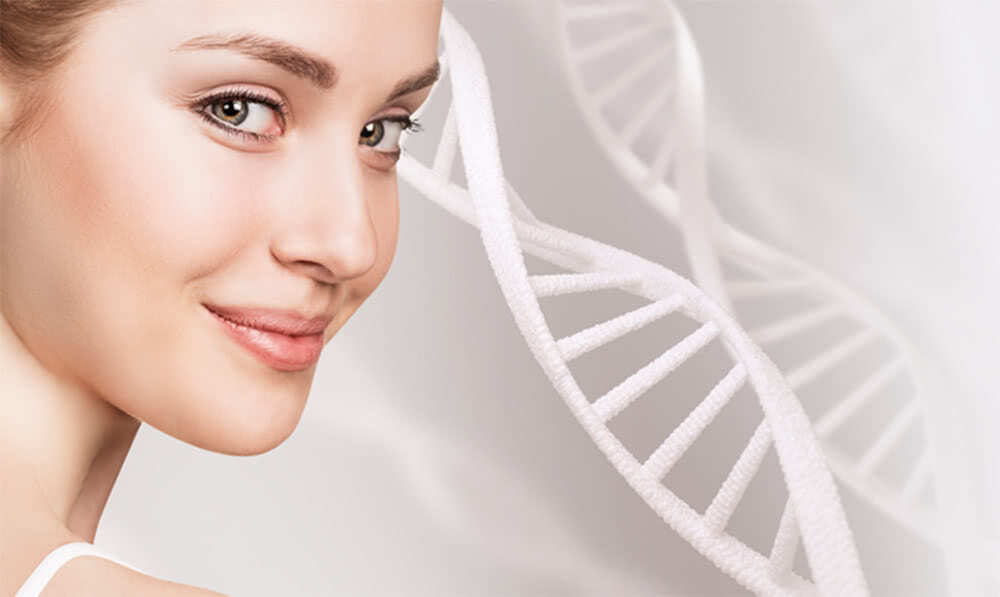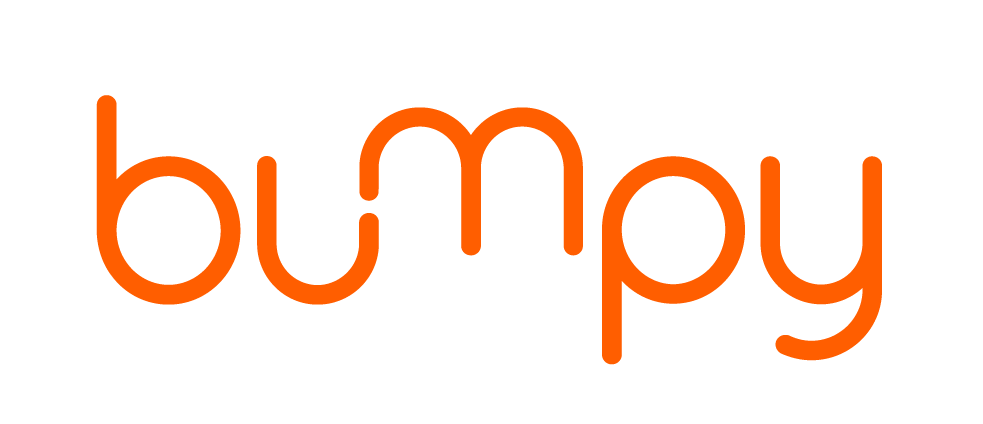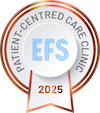
WHAT MAKES A GYNEM
EGG DONOR?
A comprehensive vetting process including:
-
Full health check
-
Mental health assessment
-
Gynaecological exam
-
Genetic testing
-
Infectious disease testing
-
Family medical history check
Between 18 and 33 years old
Matched to your desired traits

THE INITIAL ASSESSMENT
The vetting process opens with an initial interview wherein we record basic details about a prospective donor, such as age, education, background, line of work, personal interests, and physical characteristics. We also measure ovarian reserve using an anti-müllerian hormone (AMH) test and conduct a general health assessment, including a complete gynaecological examination and family medical history check. A mental health professional likewise verifies the individual is of sound mind and well-adjusted, with no history of physical or emotional abuse, and that she fully comprehends what it means to be an egg donor.

BLOOD AND GENETIC TESTING
Next, we test the applicant for blood-borne viruses, sexually-transmitted diseases, and rhesus status and record her blood group and blood count. This is followed by a visit to the genetics clinic, where a second interview is conducted to learn of any genetic abnormalities or diseases that may run in the prospective donor’s family.
Testing is likewise carried out to determine karyotype and to check for connexin 26 gene mutations, as well as predisposition to cystic fibrosis, phenylketonuria (PKU), and spinal muscular atrophy (SMA). Additional genetic tests are performed as personal and family history dictate.
It is only after a candidate has passed through all of the above steps and the conditions and diseases tested for have been ruled out that she may be accepted as a Gynem donor.

DONOR CARE
At such time as the egg donation process is underway, both donor and eggs are treated with utmost care, monitored closely through regular ultrasound scans and check-ups with our doctors who observe follicular development and make every effort to avoid hyperstimulation syndrome. On the day of egg retrieval, your donor is given short-term general anaesthesia to prevent any discomfort during the procedure and remains in recovery up to two hours before being accompanied home.

YOUR DONOR
All of our donors are Caucasian and range in age from 18 to 33. While we cannot supply photos of your donor due to legal restrictions, because you get to choose her eye and hair colour, body weight, height, and Rh factor, these features will be known to you even before you are matched. Once selected, we can also tell you your donor’s level of education, line of work, and personal hobbies and interests.
Primarily, we match the Rh factor of recipient and donor, not the blood group. The advantage of choosing a donor solely on the Rh factor is that it involves a shorter waiting time and provides a wider portfolio of potential donors to match the phenotype of the couple. There is no real medical reason for basing the match on the hereditary blood group. The only reason to do so is if the couple does not want to tell the child that he or she is the result of the egg donation process.





